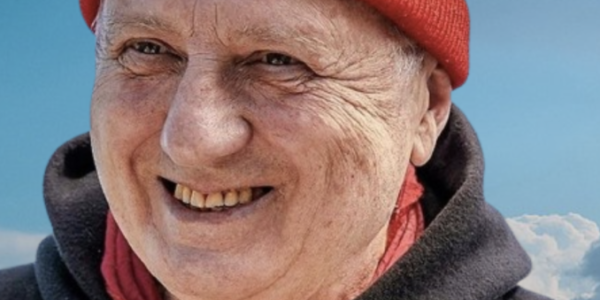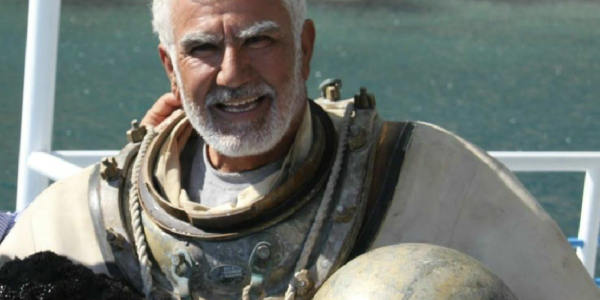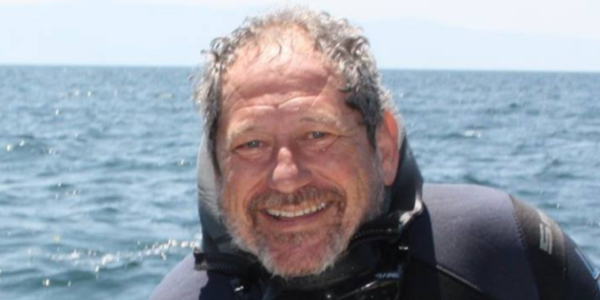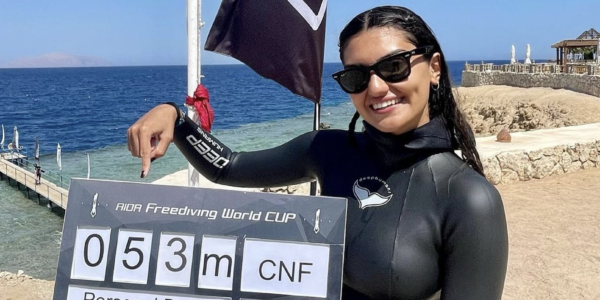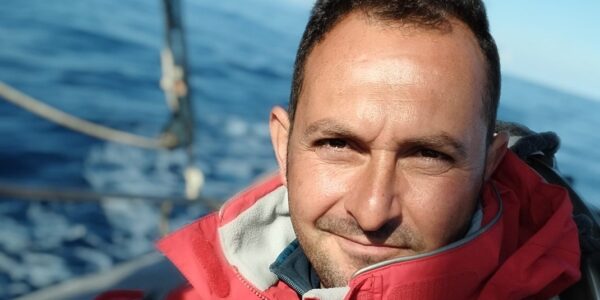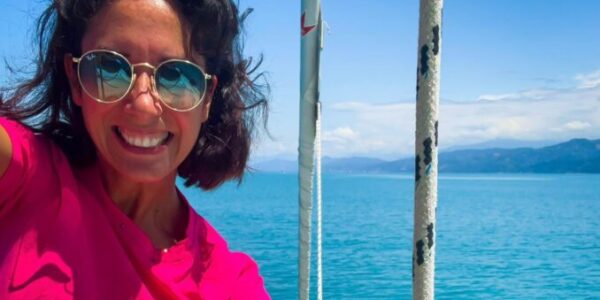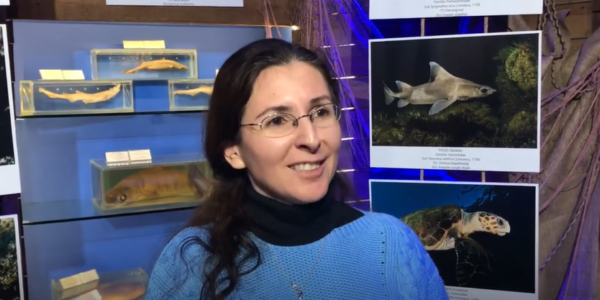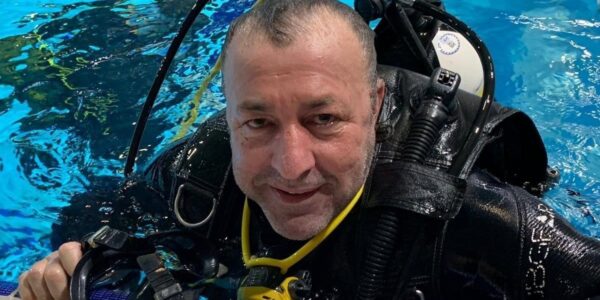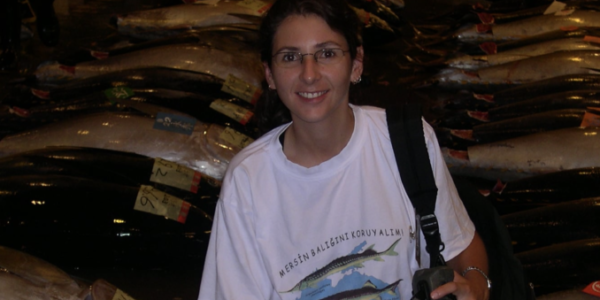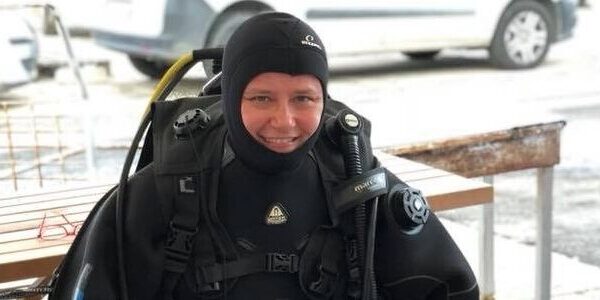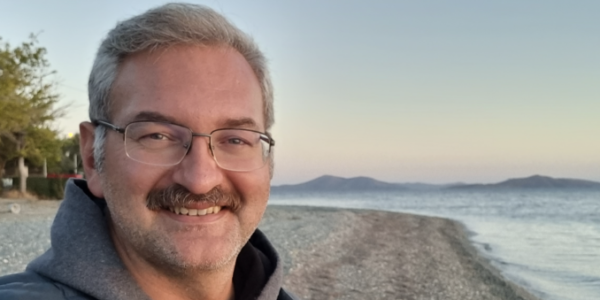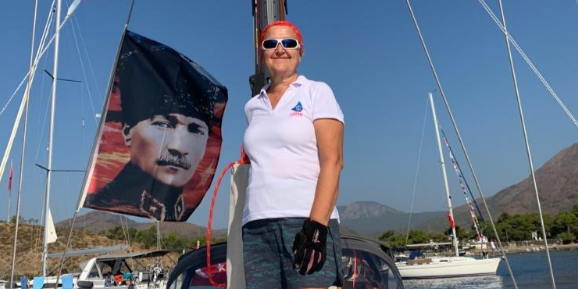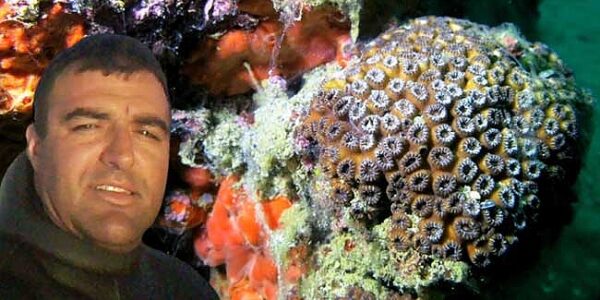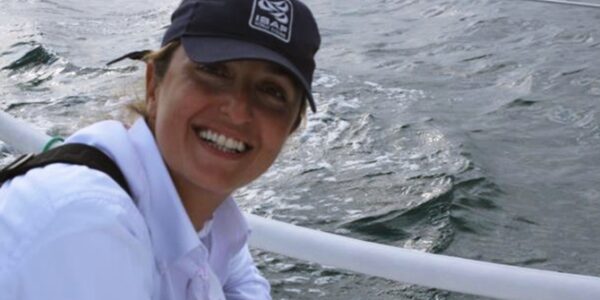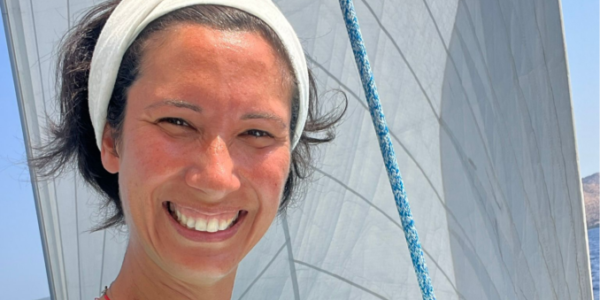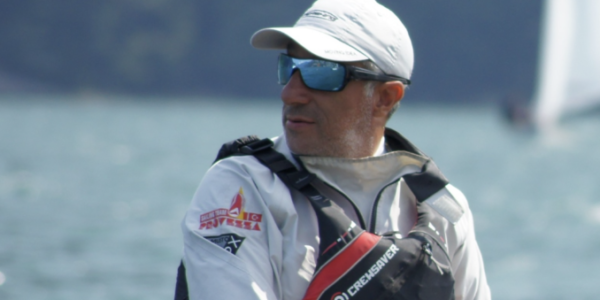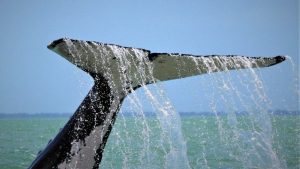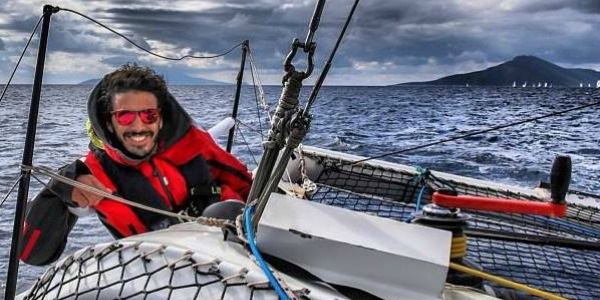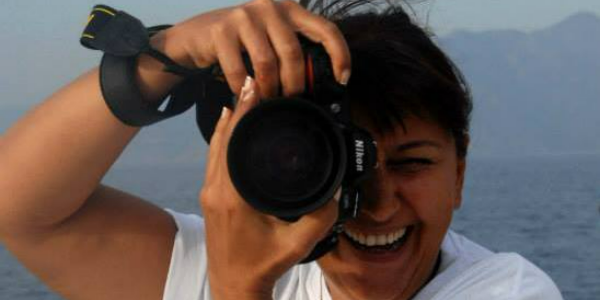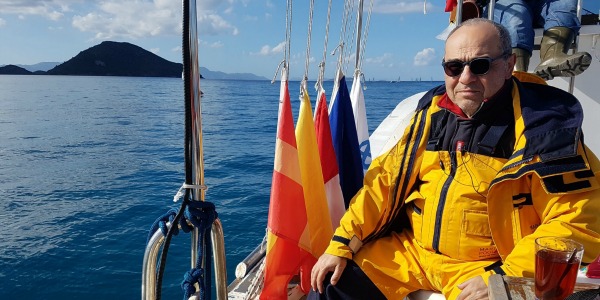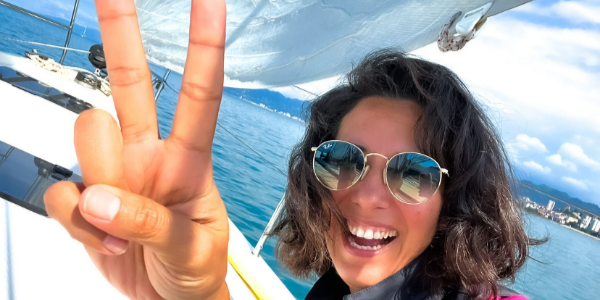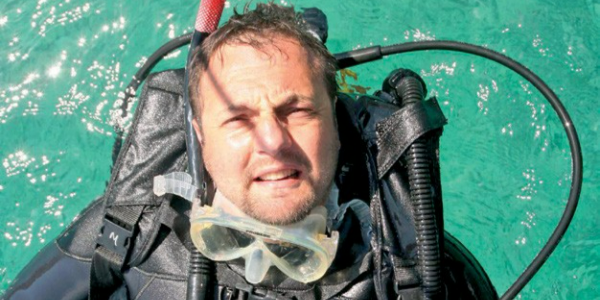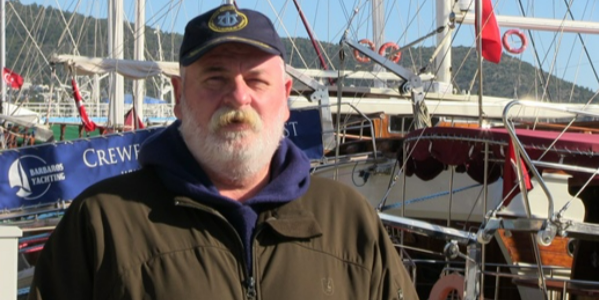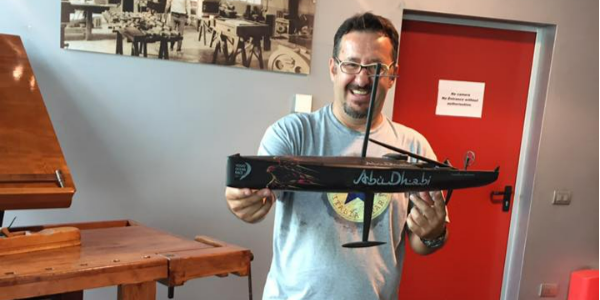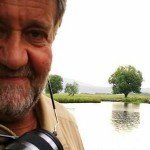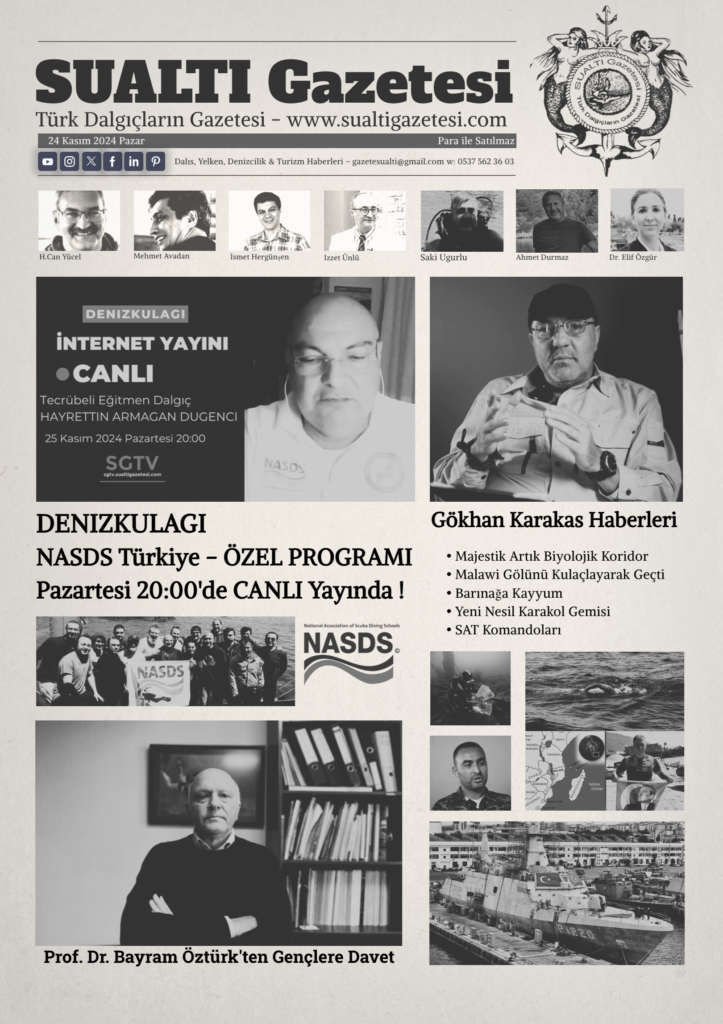The fate of a 16-metre river whale continues to elude scientists, giving them hope it has headed for Antarctica.
Two or three adult whales swam 20 kilometres up the crocodile-inhabited East Alligator River in Kakadu for 17 days in September, stunning experts.
Two were chased out but one returned and did not look well.
NT Government whale and dolphin senior scientist Carol Palmer said whales had never been recorded up the river before.
Dolphin researcher Carol Palmer on a boat off Darwin.
Carol Palmer can’t rule out that the whale has died.(ABC News: Jane Bardon)
She has not given up hope of finding Humpy, spending 16 hours last Friday — her last day of Christmas annual leave — looking for evidence of the cetacean on the South and East Alligator rivers.
“We’re actually really relieved that Humpy wasn’t there,” she said.
“We looked with binoculars all along the foreshore and things like that.
“I’m just really relieved that we didn’t come across him stranded.
“So we’re really hoping that Humpy just decided ‘no, this water is way too hot. It’s time for me to go’.”
May not be good news
But Dr Palmer cannot rule out Humpy’s death since its last sighting on November 10 at Point Farewell.
“We can’t guarantee that he didn’t pass away and float out and things like that,” she said.
“It’s such a remote place. Anything could have happened.”
But Humpy’s condition did not look good.
“He was doing this big circle and we could sort of see his weight had deteriorated,” she said.
“But he was still swimming, doing his thing.
“He was a very gentle 16-metre, 40,000-kilo whale, and was engaging in many ways, certainly not aggressive.
“It was really lovely to see him like that.”
As the name suggests, the East Alligator River is crocodile-inhabited, but it seems no croc was game enough to take on Humpy.
“They were not interested in going anywhere near a 16-metre humpback whale, that’s for sure.
Why not use a GPS tag?
While a GPS tag is easy to put on your wallet, your bike, or your kid, a whale is not so easy.
“It’s like having a really big arm injection — it hurts, and it wasn’t worth risking making him strand,” Dr Palmer said.
She is relying on dorsal fin photo identification of Humpy and hoping for a sighting when whales return in June.
Interesting or rare wildlife can be recorded on NT Wildwatch.
Source: https://www.abc.net.au/


